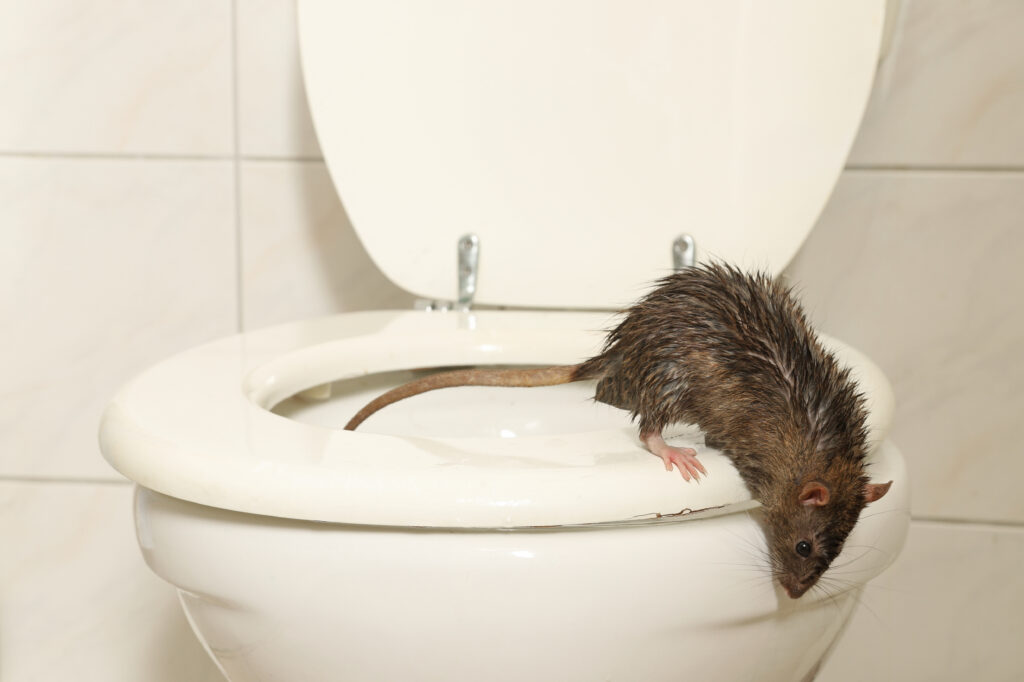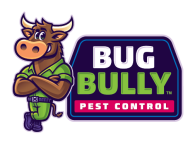Norway Rat Facts
Norway rats, also known as brown rats or sewer rats, are a common species of rat found worldwide. Here are five facts about Norway rats:
- Taxonomy and Scientific Name: Norway rats are scientifically known as Rattus norvegicus. Despite their name, they are believed to have originated from Asia and migrated to Europe around the 18th century, hence the misnomer.
- Physical Characteristics:
- Norway rats are relatively large, measuring about 7 to 10 inches (18 to 25 cm) in length, not including the tail.
- They have a robust, brownish-gray or reddish-brown fur with a lighter belly. Their fur is coarse and shaggy.
- The tail of a Norway rat is shorter than its body and is typically scaly and nearly hairless.
- Habitat and Distribution:
- Norway rats are highly adaptable and can be found in a variety of habitats, including urban and rural areas.
- They often inhabit burrows or underground places, like sewers, basements, and crawl spaces. They are also known to make nests in buildings or piles of debris.
- These rats are found worldwide and are especially prevalent in temperate climates.
- Diet and Behavior:
- Norway rats are omnivorous and opportunistic feeders. They consume a wide range of foods, including grains, fruits, vegetables, nuts, meat, insects, and garbage.
- They have a keen sense of smell and use their whiskers to navigate in the dark.
- Norway rats are primarily nocturnal, being more active during the night. They are social creatures and live in colonies.
- Health and Reproduction:
- Norway rats are known carriers of various diseases, including leptospirosis, hantavirus, and salmonellosis, which can pose health risks to humans.
- A female Norway rat can produce multiple litters each year, with each litter containing 6 to 12 young. Their reproductive cycle is relatively short, allowing for rapid population growth.
- The average lifespan of a Norway rat in the wild is around 6 months to 1 year due to predation, disease, and other environmental factors.
Understanding these facts about Norway rats is important for effective pest control and managing their presence in human habitats.
How do rats enter homes?
Rats, like mice, are quite adept at finding entry points into homes. They are opportunistic creatures and can exploit various vulnerabilities in a structure’s exterior. Identifying and addressing these potential entryways is crucial to effective pest management.
Rats can enter through openings such as gaps in the foundation, vents, pipes, damaged roofing, holes in walls, or spaces around utility lines and conduits. They may also utilize tree branches or overhanging structures to gain access to higher entry points like the attic.
To prevent rat infestations, a thorough inspection of your property is essential. Sealing off these access points with durable materials, using wire mesh or sealants, is a recommended practice. Reinforcing doors, windows, and vents with appropriate screens and weatherstripping can be effective measures to keep rats at bay.
Regular maintenance of your property, including trimming tree branches and shrubbery near the house, helps deter rats from climbing and gaining entry. Maintaining proper sanitation and promptly addressing any leaks or excess moisture can also make your home less attractive to these rodents.
If you suspect a rat infestation or require assistance with rat-proofing your home, seeking professional pest control services is a prudent choice. Pest control experts possess the knowledge and tools to effectively identify entry points, implement preventive measures, and manage rat populations using safe and efficient methods.









